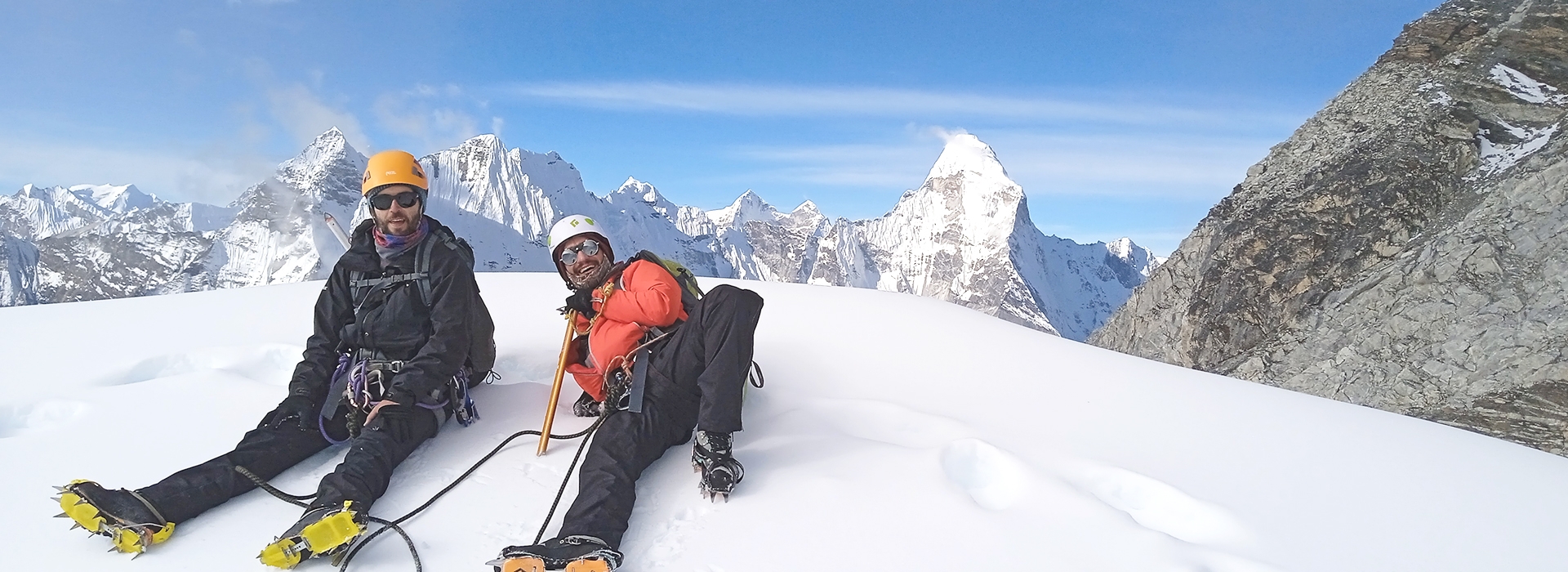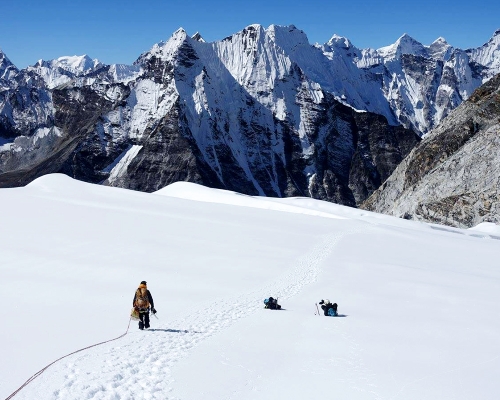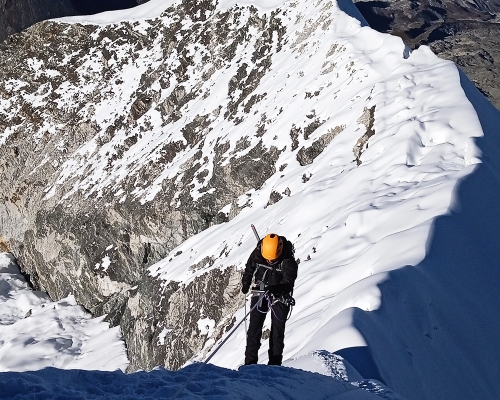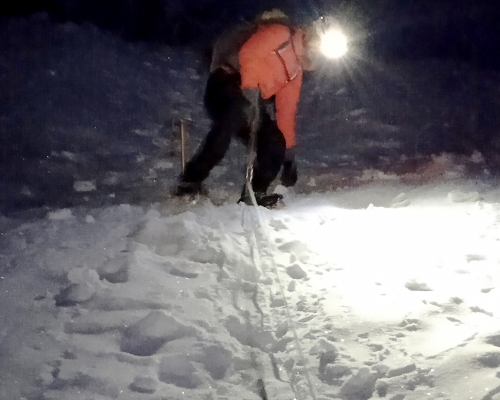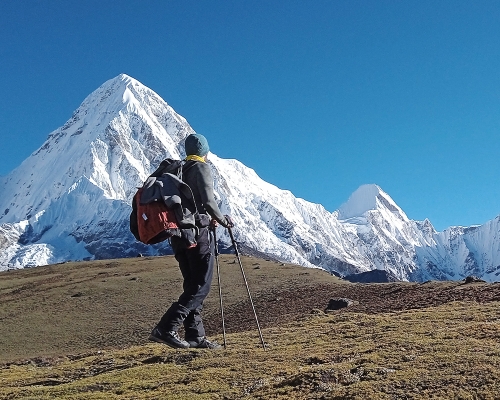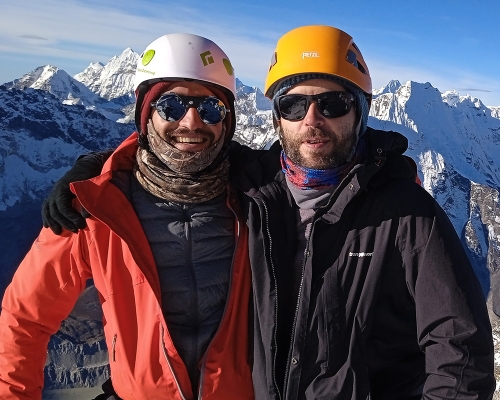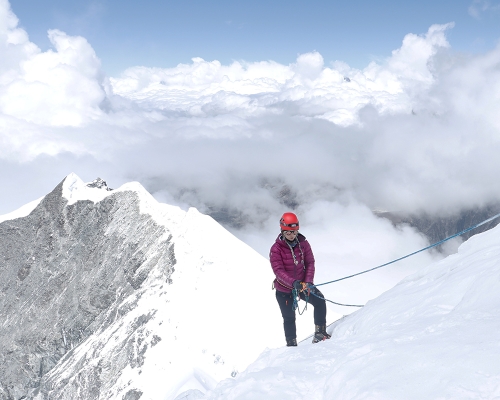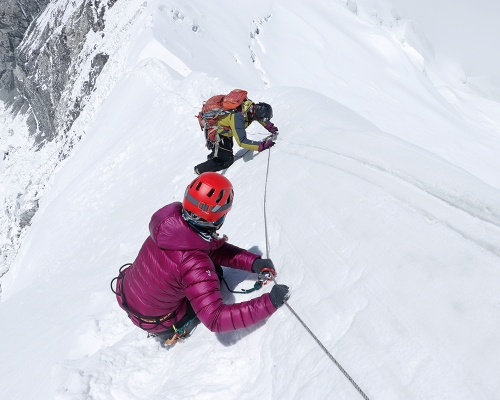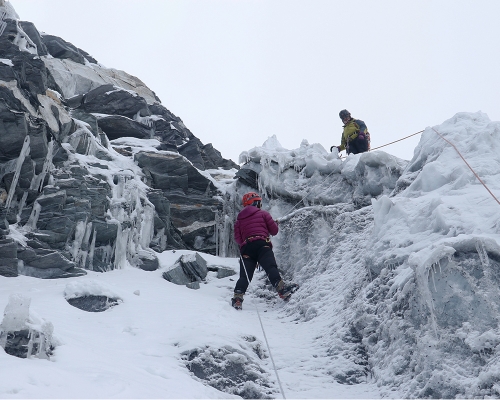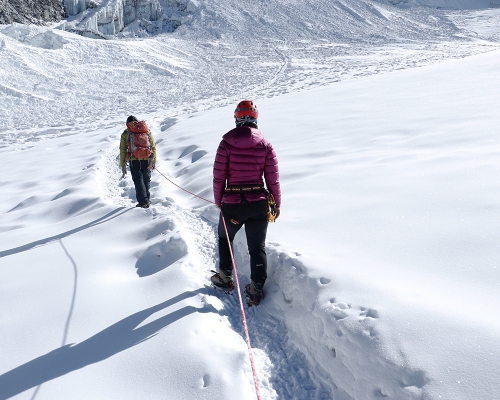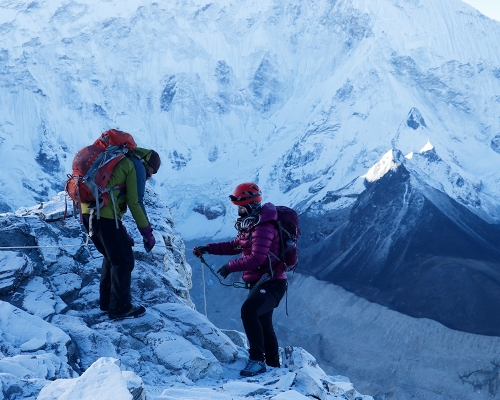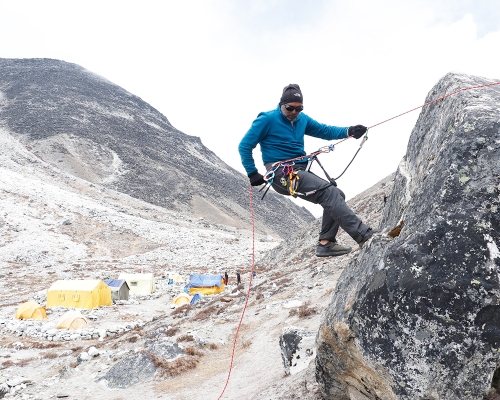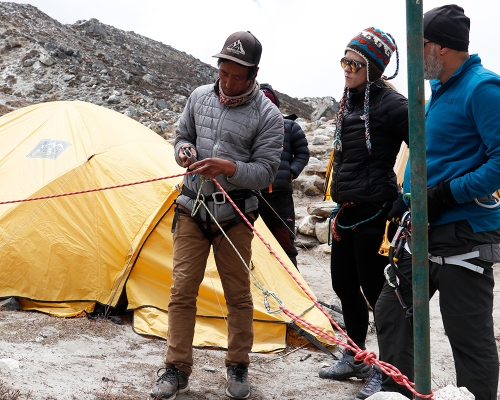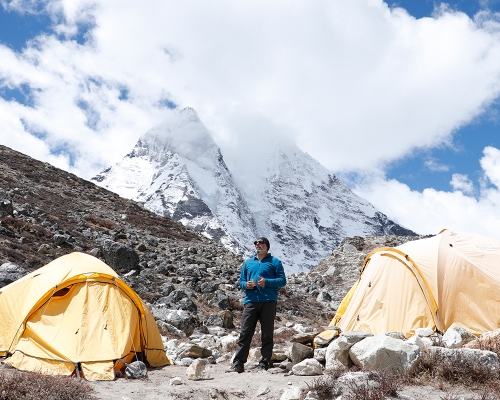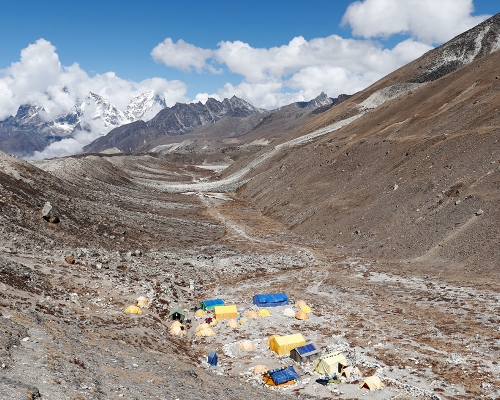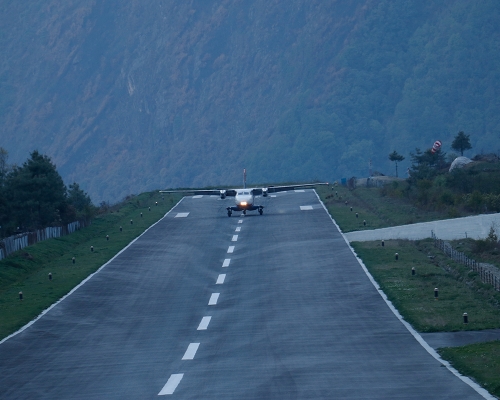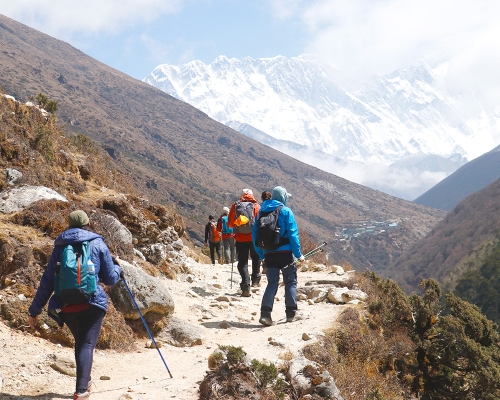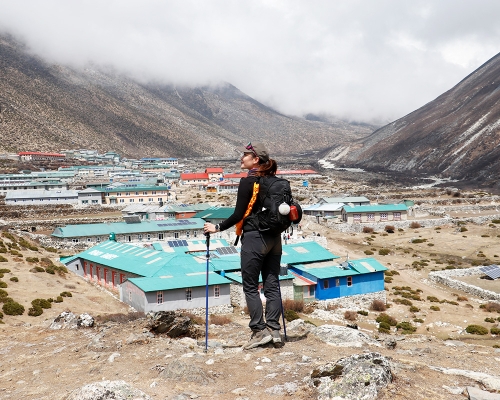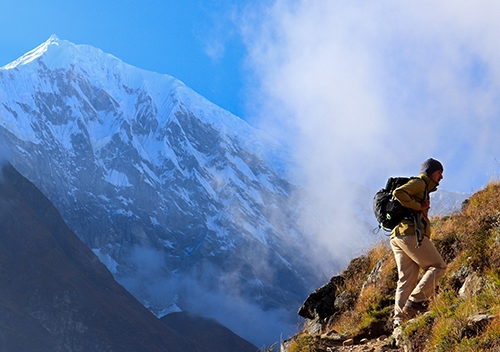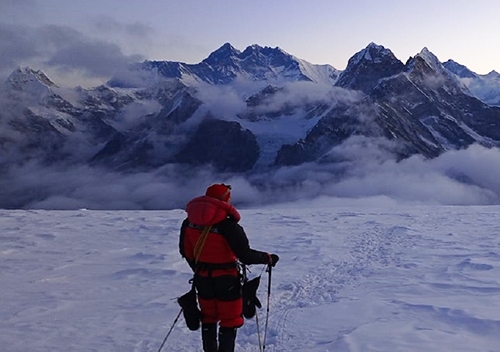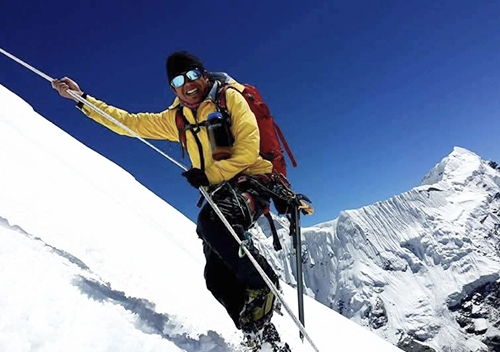Island Peak (6,160 m), also known as Imja Tse, is similar to 'an island in the seas of ice'. However, it is a rugged peak for climbing one of the thrilling and paradise peaks, having fantastic scenery of majestic mountains nearby, and so forth and foremost, preparing oneself for the summit to the higher mountains.
Located in the Khumbu region, Island Peak (6,165 m), also popularly known as Imja Tse Peak, is one of Nepal's most famous and demanded peaks for climbing, especially in the Everest Region. Island Peak, the name in itself, is self-explanatory. The peak looks similar to the Island of Ice. This is, therefore, why the peak initially was known as Imja Peak, and later on, was given by British National Eric Earle Shipton as Island Peak, as this peak looked 'ike ‘an island in the seas o' ice’. As Shipton depicted the sight as being like an island, as he saw from Dingboche, the site today is no different than it was a long time back.
Official data recorded between 2006 and 2010 shows how famous the island Peak is for climbing. Within these four years, as many as 12,000 people had obtained permission. Comparatively, Island Peak is technically the most challenging peak to have a summit, and therefore, despite obtaining consent, many people could not ascend to the top of the peak. Thus, Footprint Adventure recommends you make adequate preparations before being on a peak climbing trip. We have carefully designed the itineraries and the whole trip with adequate acclimatization. Still, the summit's success depends more on the guide and climbing team and the kind of preparation.
Island Peak is a part of Mt. Lhotse, also known as Lhotse Shar as well as Mt. Nuptse; you ascend alongside snow-filled rocky and sloppy hills, beating the strong winds and slippery snow-filled trails, boulders, and thick fog as you climb on the top of the Island Peak, you will feel paradise of snow, fantastic scenery of Lhotse Shar, raised stiff tall summit to the north, and the giant Mt. Makalu to the west as well as the Ama Dablam, Mt. Baruntse and Amphu Lapcha to the south-west. As said above, Island Peak is undoubtedly a paradise for utmost adventure seekers who are willing to see and capture dazzling views of the dramatic mountains, incredible sceneries, numerous glaciers, glacial lakes, and more. Island Peak was said to have first been climbed by the British team in 1953 in preparation for climbing Mt. Everest.
It is not that you will only see the mountain vista and incredible landscapes, you will also have an opportunity to delve into the unique culture, rituals, lifestyles, and at the same time numerous flora and fauna. More importantly, if you wish to, you can sojourn in the beautiful village of the legendary Sherpa, enjoy local dishes and delicacies, and have an excursion around the ancient Buddhist monastery, Mani, Chhorten. All these features are explicit enough to explain why the island's peak climbing trip is unique in Nepal.
After a UNESCO World Heritage sightseeing tour in and around the Kathmandu valley, you will begin the Island peak climbing trip with a short flight from Kathmandu to Lukla. Then you begin real trekking through Phakding, you will reach Namche Bazaar, where you will stop for one day to acclimatize. At Namche, you will roam around the village of legendary Sherpa, enjoy their local dishes and delicacies, and explore the Buddhist monastery. You will continue trekking to Tengboche Monastery, Pangbche Village, Dingboche, and the Lobuche the next day. You will reach Gorakshep, Everest Base Camp, and retrace down to Kala Patthar, Lobuche, Chhukung and finally reach Island Base Camp; after ascending to the top of the peak, you will retrace down to Namche Bazaar, finally at Lukla and then fly back to Kathmandu.
Highlights of Island Peak Climbing & Everest Base Camp Trek
- Climbing Island Peak and mountaineering in the incredible Khumbu Region
- Sunrise from the top of Island Peak
- Beautiful views of Everest, Lhotse, Nuptse, Ama Dablam, Island Peak, and the Khumbu Icefall
- Sunrise over Everest from Namche Bazaar, Dingboche, and Island Peak Base Camp
- Sunset over Everest from Kala Pattar at 5545m
- The incredible sense of achievement and personal satisfaction that only adventures like this can provide
- Landing and take-off from the world's most dangerous airport, Lukla Airpworld's

